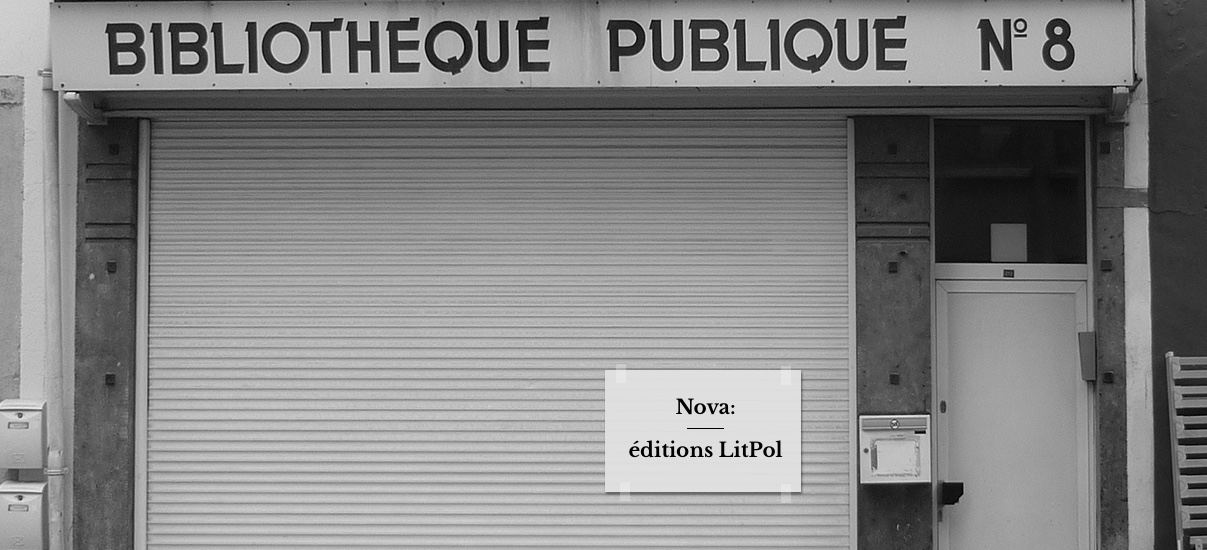In his book "Le Virus Libéral" published in 2005 (by Le Temps des Cerises), Samir Amin gives an interesting insight into the transformations the working classes have undergone. (It's on page 42 to 46).
Presently, he notes, half the world's population live in cities (3 billion people), whereas the other half is made up of peasants.
Within the first group, it is noteworthy to distinguish between the two main categories of workers, i.e. the "stabilised" workers (job security, qualified functions, negotiating power towards employers) on the one hand and, on the other hand, the "precarised popular classes" (perfectly integrated in the production system but powerless within it).
Seen globally in table form, what you get is this:
|
Percentages of total urban population |
|||
|
|
Center |
Periphery |
World |
|
Upper and middle-class |
11 |
13 |
25 |
|
Popular classes |
24 |
54 |
75 |
|
--- whereof stabilised |
(13) |
(11) |
(25) |
|
--- whereof precarised |
(9) |
(43) |
(50) |
|
Total |
33 |
67 |
100 |
|
In millions |
1,000 |
2,000 |
3,000 |
The tale this table tells is the following:
Although the Center (developed nations) accounts only for 18% of the world population, their citizens are 90% urbanised.
Within the urban population (75% of world population), the precarised workers add up to 40% of the popular classes in the Center, and 80% in the periphery (developing nations).
Together, they represent two thirds of the world popular classes – and at least half of the world's urban population.
This is very different compared to the years following the Second World War. At the time, only a third of the Periphery population was urban – it's two thirds now. And the precarised workers of the Third World, then representing less than half of the popular classes, now account for more than 70% of these.
The major social shift of the second half of the 20th century can be summarised by means of this single figure: the proportion of precarised popular classes has risen from a quarter to more than half of the global urban population.
One finds an update in Alain Badiou's latest, "Notre mal vient de plus loin", published in 2016 by Fayard, a short thing (63 pages) dealing with the Paris killings of November 2015 – which, in order to be understood, have to be set in the larger picture of the capitalist world order.
It looks like this, plain class politics:
|
World Pop' |
ie |
World's riches |
In a nutshell |
|
10% |
|
own 86% |
the world oligarchy |
|
1% |
|
owns 46% |
meaning almost half |
|
50% |
|
survive with 0% |
meaning nothing, nada, zero: democratically powerless |
|
Thereof |
2 bn |
|
2 billion people of no use whatsoever to the 10% |
|
This leaves us with 40% unaccounted for... Here goes: |
|||
|
40% |
|
struggle with 14% |
the so-called "middle classes", pillars of the democratic system |
This text was first produced for the Gresea on March, 27th 2006, and amplified in June 2016.
